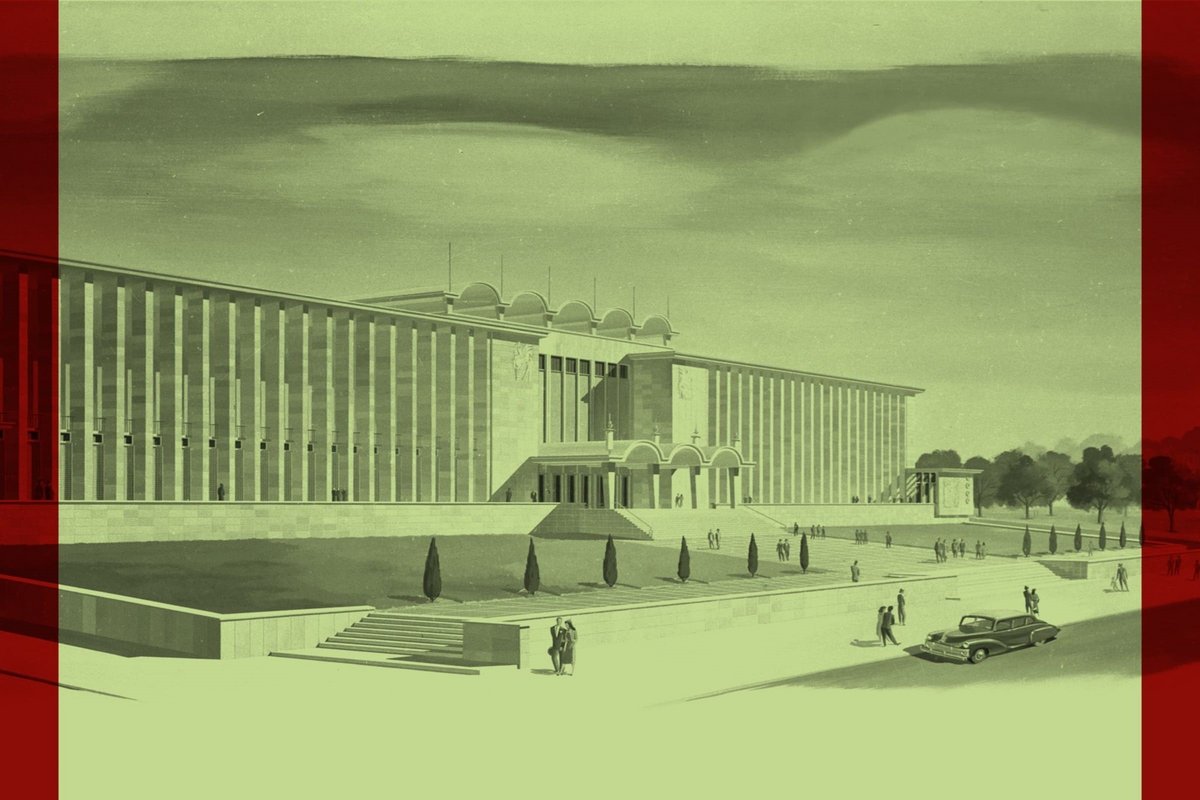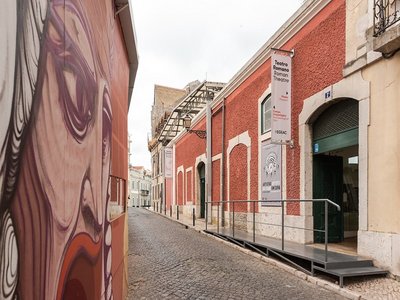
A highlight is the exhibition O Palácio da Cidade by Keil do Amaral, which shows lesser-known aspects that, despite never having come off the drawing board, are revealing of his evolution as an architect and of urban planning thinking.
For more details, see the program.
The Palácio Pimenta, home to the Lisbon Museum, is an 18th century summer palace, framed by the remains of an old manor house. In addition to the long-term exhibition, which shows the evolution of the city from prehistory to the end of the 20th century, it has two temporary exhibition areas (the Black Pavilion and the Back Room), a documentation center and gardens.
Schedule
Permanent exhibition
After a long process of refurbishing the building, the Museum of Lisbon - Palácio Pimenta reopened for visitors on September 12, 2024.
The 11 renovated rooms on the second floor of the permanent exhibition now broaden the geographical and chronological horizons of the city's history, showing its urban, social and cultural evolution from the 17th century to the end of the 20th century, with Parque das Nações.
Through works as varied as models, engravings, paintings, photographs, furniture, ceramics and tiles, testimonies to a history that some still remember, new chapters are told in a narrative that is always under construction, about the evolution of this city, one of Europe's oldest capitals, which is transformed every day by those who live and visit it.
More information: Museu de Lisboa website
Keil do Amaral's City Palace
The work of Francisco Keil do Amaral (1910-1975) is deeply connected to Lisbon and the installation of the City Museum (today the Lisbon Museum) in the Pimenta Palace. Over the course of 27 years, the architect devised four proposals for the construction of a City Palace to crown the top of Parque Eduardo VII.
On the 50th anniversary of his death, this exhibition shows lesser-known aspects of these projects which, although they never came off the drawing board, are revealing of his evolution as an architect and of the urbanistic thinking he developed about Alto do Parque Eduardo VII.
A municipal architect for a decade (1938-1947) and on his own after that, the author developed several projects that changed the face of the city and gave it modernity and monumentality that are still present today.
Using objects from the Lisbon Museum, the Lisbon Municipal Archives and the Olisiponense Studies Office, this exhibition also highlights the constant relationship that existed between different architects and the projects that never came to fruition for the extension of Avenida da Liberdade, the Palácio da Justiça and the expansion of the exhibition area of the Palácio Pimenta - a long-held ambition of several generations of leaders of the City Museum and the current Lisbon Museum.
Opening: April 3rd at 18:00 (free admission)
More information: event page
Oui, madame
In this creative and charming workshop, kids and adults will create paper dolls with clothes worthy of the Chiado shop windows, inspired by the legendary Madame Burnay, the most elegant (and demanding!) fashion designer in 19th century Lisbon.
Call on the little designers and the big dreamers! Among paper fabrics, designed lace and extravagant hats, explore the fashions of yesteryear while bringing to life stylish characters who could very well parade through the streets of Lisbon - posing and all!
An activity for families with lots of style and hands ready to cut out, glue and let their imagination run wild. In the end, each doll will take away a bit of Madame Burnay's glamour... and perhaps a sewing secret!
Target audience: ages 6 and up
More information: event page


